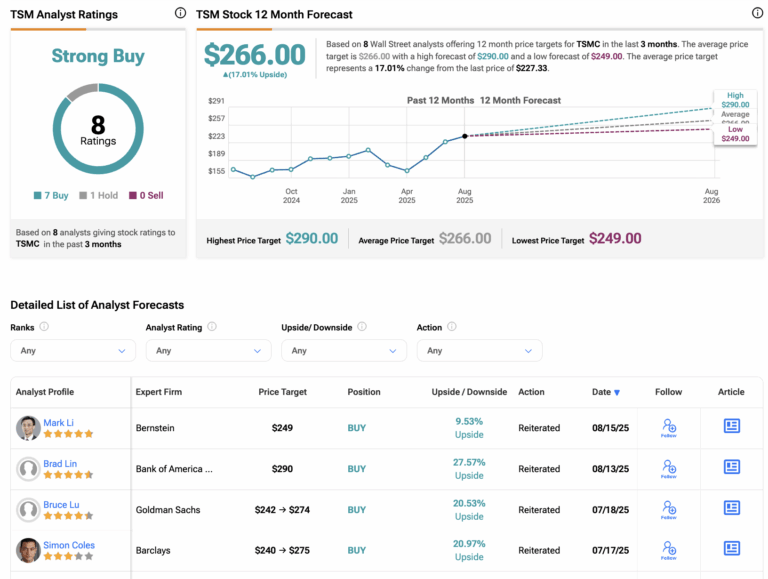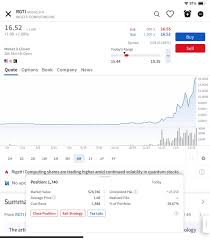
Introduction
Capital is a cornerstone of economic theory and practice, representing a crucial factor for growth and development across industries. Defined as any asset that can generate wealth or value, the significance of capital extends beyond mere financial investment. It encompasses physical assets like machinery, buildings, and technology, as well as human capital, which refers to the skills and expertise of the workforce. Understanding capital is vital for policymakers, businesses, and investors alike, especially in a rapidly evolving economic landscape.
Types of Capital
There are various forms of capital that play essential roles in the economy:
- Financial Capital: This includes money and financial assets that businesses and individuals use to fund their operations and investments.
- Physical Capital: Tangible assets such as machinery, buildings, and equipment that businesses use to produce goods and services.
- Human Capital: The skills, knowledge, and experience possessed by individuals, which are essential for enhancing productivity and innovation.
- Social Capital: The networks and relationships among people that facilitate cooperation and support within a community.
Current Events Surrounding Capital
In recent years, particularly post-pandemic, the importance of capital has come into sharper focus. Governments worldwide have injected unprecedented financial resources into their economies. For instance, Canada’s federal budget for 2023 has prioritized investments in green capital, aiming for sustainable development, while addressing climate change and stimulating economic activity. This move signals a broader trend among nations seeking to transition towards more sustainable economic models.
Moreover, the rise of remote work has underscored the value of human capital, as businesses adjust to new workplace dynamics. Companies are increasingly focused on upskilling their employees to maintain competitiveness in an evolving labor market. This shift has raised questions about how organizations can best invest in their workforce for future resilience.
Conclusion
Capital remains a critical driver of economic growth and development, influencing decisions made by businesses and governments alike. As the world navigates post-pandemic economic recovery, understanding the different forms of capital and their implications can help stakeholders make informed choices. Looking ahead, investments in sustainable and human capital will likely be instrumental in fostering resilient economic growth. As we adapt to new challenges and opportunities, the management and allocation of capital will continue to shape the future development of economies worldwide.

